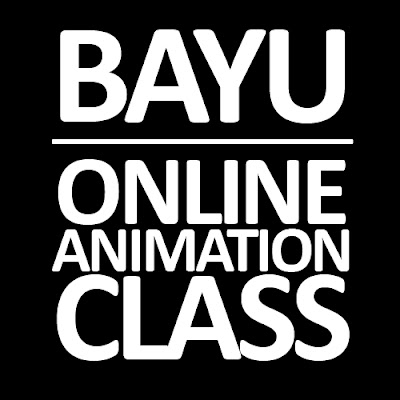

- Introducing autodesk maya 2018 dariush derakhshani how to#
- Introducing autodesk maya 2018 dariush derakhshani update#
- Introducing autodesk maya 2018 dariush derakhshani software#
- Introducing autodesk maya 2018 dariush derakhshani professional#
Maya Software rendering comes with an unlimited number of licenses, which means you can render on any machine you have (with Maya installed), although you can work with the Maya application only on as many machines for which you have licenses. The choice of a rendering method depends on the final look you want and sometimes on the number of machines and licenses with which you can render. Each engine has its own particular workflow and can yield entirely different results, although mental ray and Maya Software are close in look if you don’t use the special features of mental ray. When you create models and textures with the final image in mind, and you gear the lighting toward showing off the scene elegantly, the final touches are relatively easy to set up.įirst, you decide which of the render engines included with Maya you’ll use: Maya Software, Maya Hardware (or Hardware 2.0), mental ray for Maya (the most popular, and what we started using in the previous chapter), or Maya Vector. Although this is the last part of the CG process, from now on you should be thinking about rendering throughout your production. When your lighting scene from the previous chapter is complete, you’ve had a celebration smoothie for your hard work, and you’re ready to start a render, you’ll need to set up how you want it rendered. Previewing your render: the Render View window In this chapter, you’ll use a wine bottle and a still life from previous chapters, and you’ll animate a camera to render out a sequence.
Introducing autodesk maya 2018 dariush derakhshani how to#
This chapter will show you how to render out your scene using the Autodesk® Maya® Software renderer and mental ray® for Maya and how to create reflections and refractions. Although the computer does all the thinking at this point, you still need to set up your cameras and the render to get exactly what you want. It’s the process by which the computer calculates the surface properties, lighting, shadows, movement, and shape of objects, and it saves a sequence of images. Rendering is the last step in creating your CG work.
Introducing autodesk maya 2018 dariush derakhshani professional#
Fun and challenging tutorials lead you through the nuances of the software and offer plenty of chances to practice what you've learned.The Autodesk Official Training Guide for Maya, endorsed and promoted by Autodesk to its 2,500 Authorized Training Centers worldwide Maya is the 3D animation and effects software used in the film, game, and advertising industries it's a complex program and this book gives beginners the knowledge and confidence they need Shows how to master the interface and the basics of modeling, texturing, animating, and visual effects Step-by-step tutorials offer realistic, professional challenges for those new to 3D and those switching from another 3D application Materials are available for instructors who want to use this guide with their studentsIntroducing Autodesk Maya is the perfect guide to get you up and running on the world's most popular professional 3D application.


Fully updated for the newest version of Maya, the book explains the interface and the basics of modeling, texturing, animating, dynamics, visualization, and visual effects.

This bestselling, official guide is a must for 3D beginners who want a thorough grounding in this dynamic and complex software.
Introducing autodesk maya 2018 dariush derakhshani update#
A complete update to the popular Autodesk Official Training Guide for MayaMaya is the industry-leading 3D animation and effects software used in movies, visual effects, games, cartoons, and other animation.


 0 kommentar(er)
0 kommentar(er)
